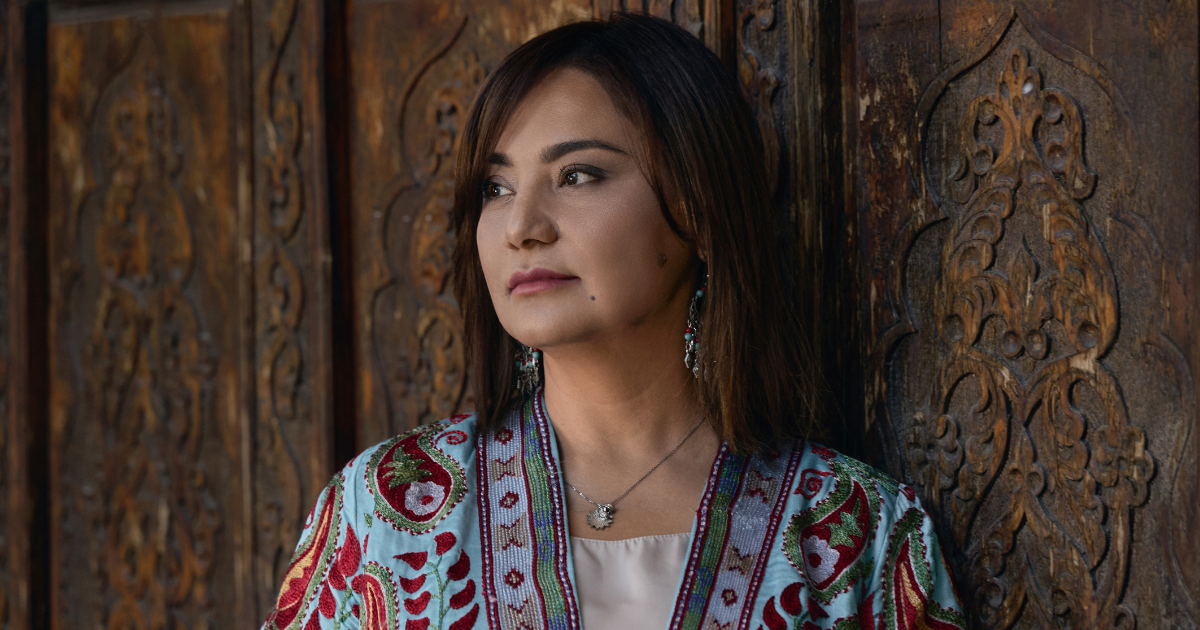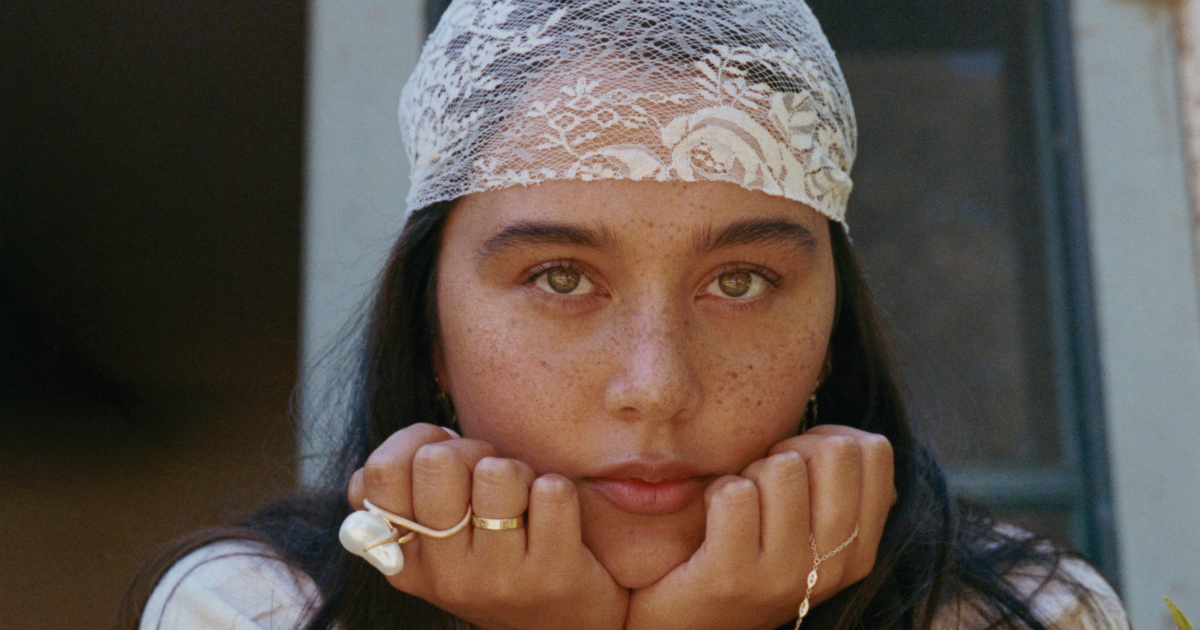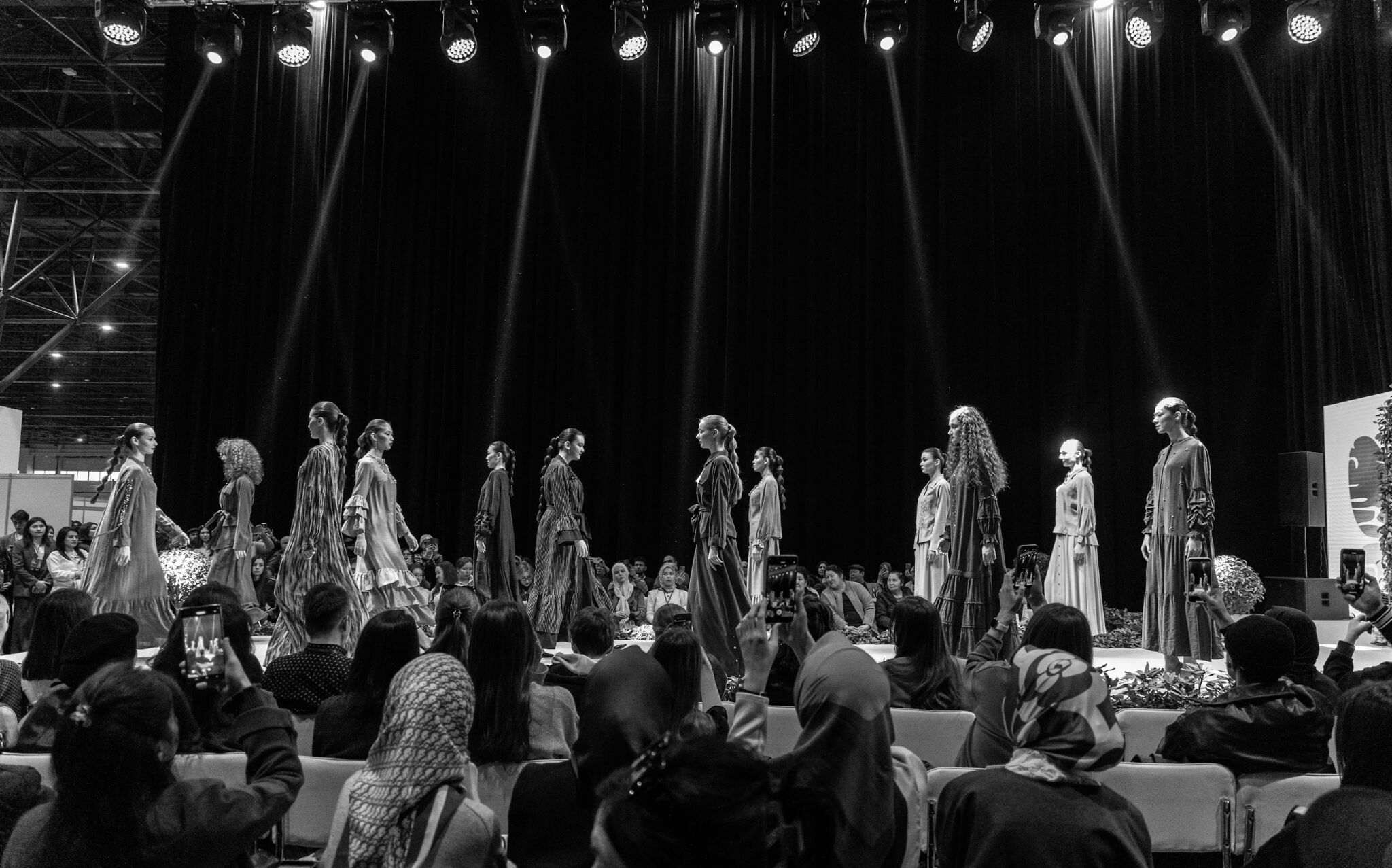O’zbekona Bir Oqshom
If there’s bread at home, there will be happiness too

Traditional Uzbek bread, known as lepeshka, has unique baking methods in each region. However, one thing remains constant—deep respect for bread.

Every city dweller knows that the bread baked in rural areas or small towns differs from what is sold in the city’s “nonvoyhona” (bread shops). Some say it’s due to the clean, fresh air. Others believe the key difference lies in the use of coarsely ground flour. And some are convinced that it’s all about the people who bake the bread.


Lepeshkas are baked fresh several times a day, starting at dawn, then again for lunch and the evening meal. Often, this craft is passed down from generation to generation as a family tradition. For Uzbeks, baking bread is a sacred process, which is why it’s so important that the dough is kneaded with love and a pure heart.

Uzbek bread reflects the hospitality and hard work of our people. According to tradition, bread is always the first item placed on the table, and when it is broken, the first piece is offered to the eldest person at the table.


Bread plays a role in most traditional rituals. It is broken to symbolize agreement on an engagement, included in the “kulcha” along with halva and sweets when announcing an upcoming wedding to close relatives. In the past, young soldiers would take a bite before leaving for the army. It’s no wonder that Uzbeks say, “The scent of bread contains life.”


- Producer: Isfandiyor Baxtiyor Valiev
- Art director & photographer: Abdulbosit Valiev
- Models: Nisanbekova Madina & Yuldasheva Fatima, NNMODELAGENCY
- Hairstyle & MUAH: Laziza Bekmukhamedova
- Jewelry: Anor Couture


